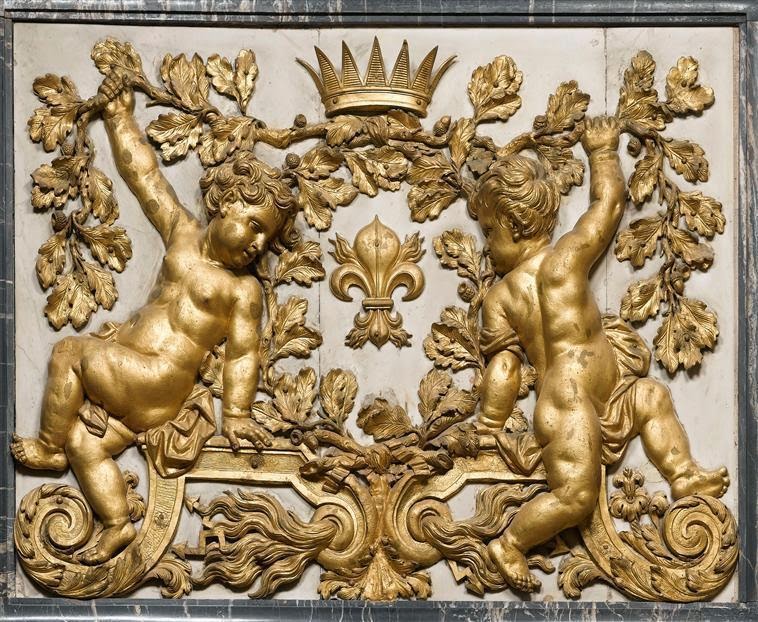"Creole First Step in Life" Available 8 x 10.
"Creole First Step in Life" depicts a moment when a child takes his first steps surrounded by his mix race Creole Antebellum family of the early 19th century in a Creole Federal interior. The interior has Louisiana made Creole furniture like the Inlaid Figured Mahogany Creole armoire, Cabriole leg table and Louisiana made mahogany and red leather Campeche chair. The Campeche chair, also known as a "plantation chair," is a type of lounge chair popular in Latin America, the Caribbean, and the American South. Its name comes from the Campeche region of Mexico's Yucatán Peninsula, which manufactured and exported the chairs in the 18th and 19th centuries. The family is standing on a ingrain carpet or Kidderminster Carpet. A reversible flat weave carpet popular from the 18th century to the early 19th century. This form of carpeting has no pile and the pattern is shown in opposing colors on both faces, making it possible to turn the carpet over when one side was worn or soiled.
Over the Campeche chair is a portrait of a ancestor in carved gilt-wood frame. Creoles were very proud of family portraits and prominently hung them for display. The room has wainscoting embellished with molding. The drapery treatment is French from Meubles et Objets de Goût by Pierre de La Mésangère. La Mesangere, a symbol of a certain elegance of the ancien regime, became a famous figure in the Parisian landscape. His magazine was the goal of his life; He wrote all the articles, accumulating notes for a Dictionary of luxury, He was especially an excellent newspaper editor, literary columnist and well-informed socialite, knowing how to manage his stock of engravings, which were very popular in Federal America for furniture and drapery design. Decorative arts in the room on Cabriole Leg Table include a Early 19th century Federal Lighthouse clock.
A French Empire silver coffee pot. A pair of Paris porcelain coffee cans and A gold Old Paris vase. Most Creole homes are modest buildings from the outside. Creole did not like to show off with the exteriors of their buildings like the Americans flooding into Louisiana at this time. But it was said that many Creole homes were furnished and decorated rich and elegant inside like this interior. Louisiana’s eighteenth- and nineteenth-century Creoles were a permissive, fun-loving, and status-conscious people with a fondness for European courtly customs. These included good manners, lavish hospitality, close family ties, dancing, and gambling. Creoles also practiced the widespread European custom of dueling—over both important and trivial matters. In addition, they sanctioned a double moral standard which placed women on pedestals but encouraged young men to sow their wild oats.
Available 8 x 10.
























No comments:
Post a Comment